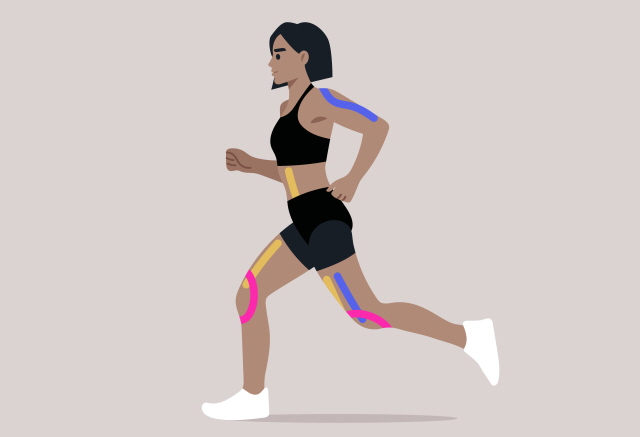
Introducing Simple Treatment and Adjunctive Therapy
By Winston Lee L.Ac., Ph.D., KMD
Shin splints are a common condition many people experience, especially athletes, runners, and anyone who spends much time on their feet. I am a full—and half-marathon runner, and I also had the issue many times when I started running. For acupuncture doctors, treating shin splints through acupuncture can be highly effective, focusing on the tibialis anterior muscle’s trigger points (TPs). Acupuncturists can relieve patients suffering from this painful condition by understanding how this muscle works and identifying key acupoints.
The tibialis anterior muscle is located along the front of the shin and plays an essential role in dorsiflexion, which is the upward bending of the foot or hand. In this case, the toes are raised toward the shin and inverted (turning the foot’s sole inward). Shin splints often occur when this muscle is overworked, leading to tightness and inflammation. One quick test to assess tibialis anterior involvement is to ask the patient to dorsiflex their toes. If the examiner pushes against this movement and the patient feels pain, this is a positive sign that the tibialis anterior muscle contributes to their shin splints.
To address the pain and tension in this muscle, acupuncturists can focus on trigger points using specific acupoints like ST36 (Zusanli) and ST41 (Jiexi). These points help relieve muscle tightness, improve circulation, and reduce inflammation along the tibialis anterior muscle.
ST36 is located below the knee and is known for supporting muscle health and relieving pain, making it ideal for treating shin splints. In adults, 4 to 6 cm of needles can be inserted without hitting the bone.
ST41, located near the ankle, is effective for addressing pain and tension in the lower leg and improving the movement of Qi through the shin area. The needle enters between the ankle joints. It’s not necessary to go too deep.
Plus, I always apply sports tape to the patient’s tibialis muscle. The tape pulls up the muscle to compress the nerve and support it so the patient uses less power when taking action. Let your patient take off the tape the next day.
In addition to acupuncture, it’s important to instruct patients in self-stretching for long-term relief and prevention. Stretching the tibialis anterior muscle can help maintain flexibility, reduce muscle tension, and prevent further strain. A simple stretch involves sitting on the floor with legs extended and using a towel around the toes to gently pull them toward the body. This effectively stretches the tibialis anterior and helps patients avoid future injuries.
In conclusion, acupuncture targeting TPs of the tibialis anterior, combined with sports taping and self-stretching, offers a well-rounded approach to treating shin splints. With regular treatments and careful self-care, patients can find relief from pain, regain flexibility, and get back to their activities without the discomfort of shin splints.































